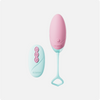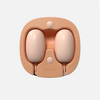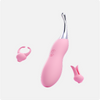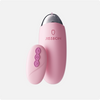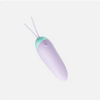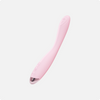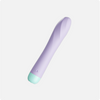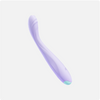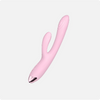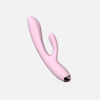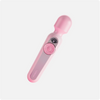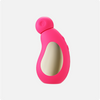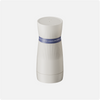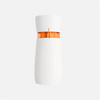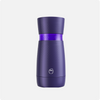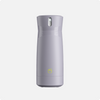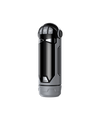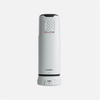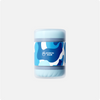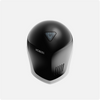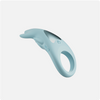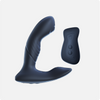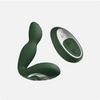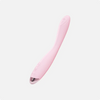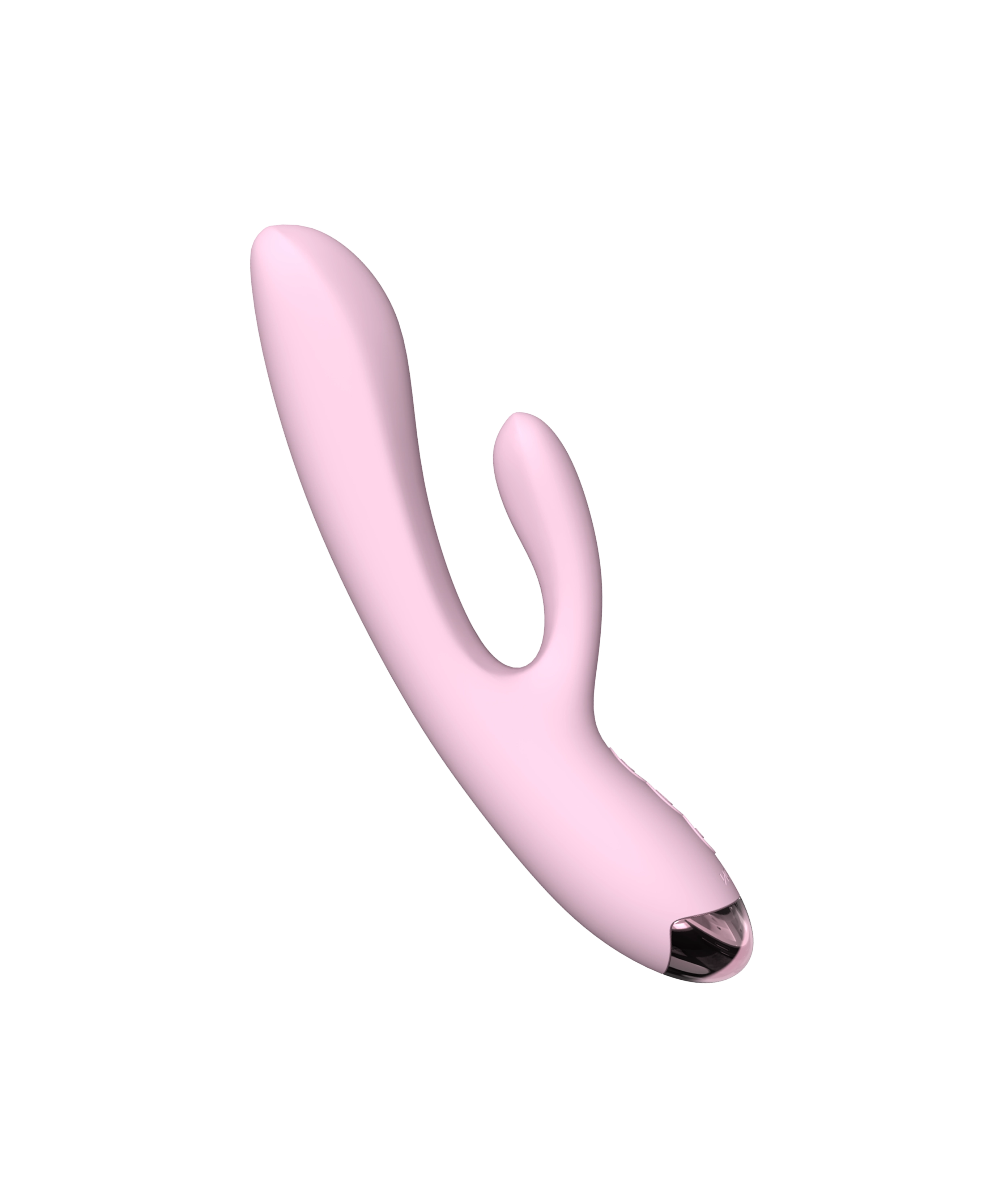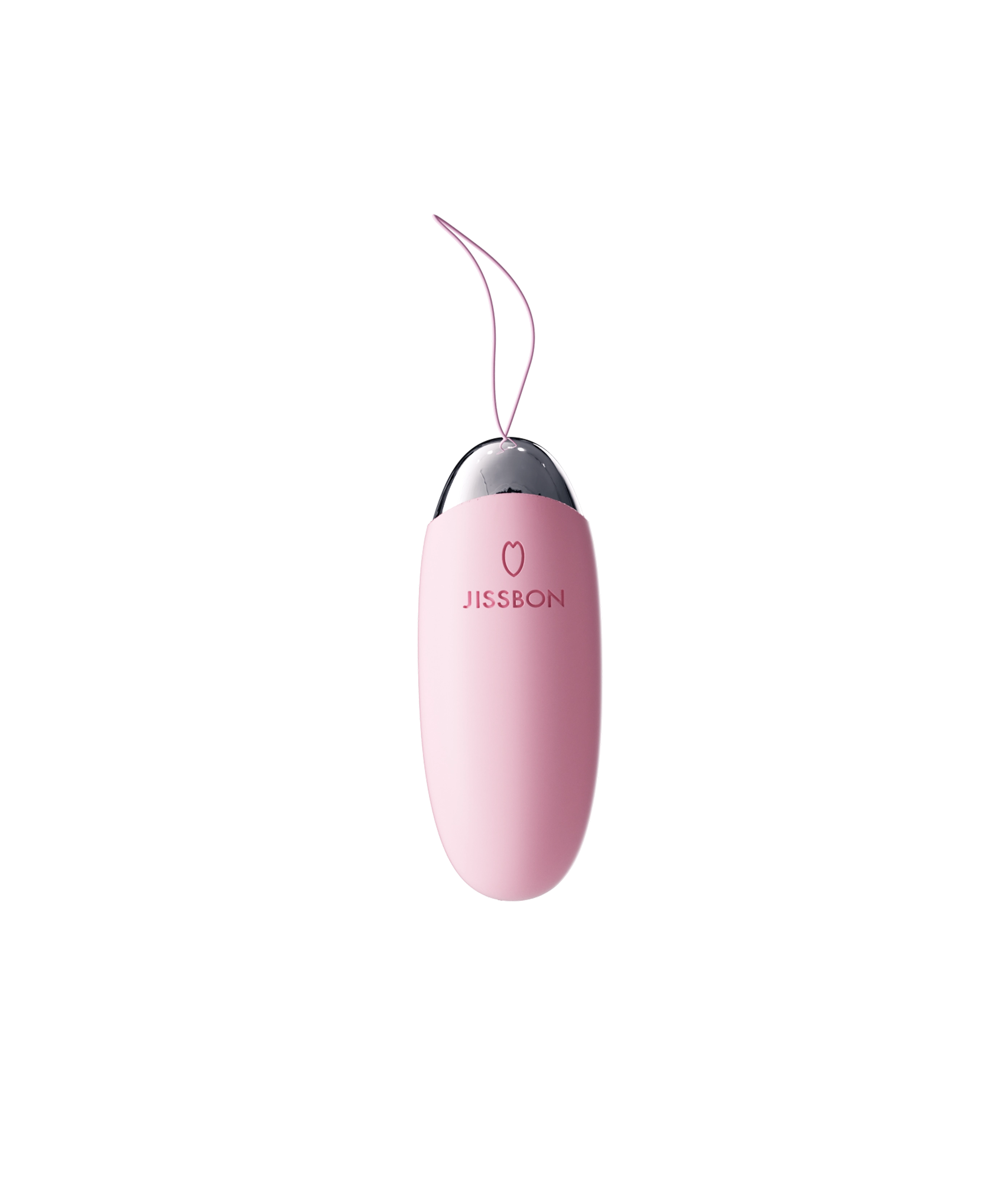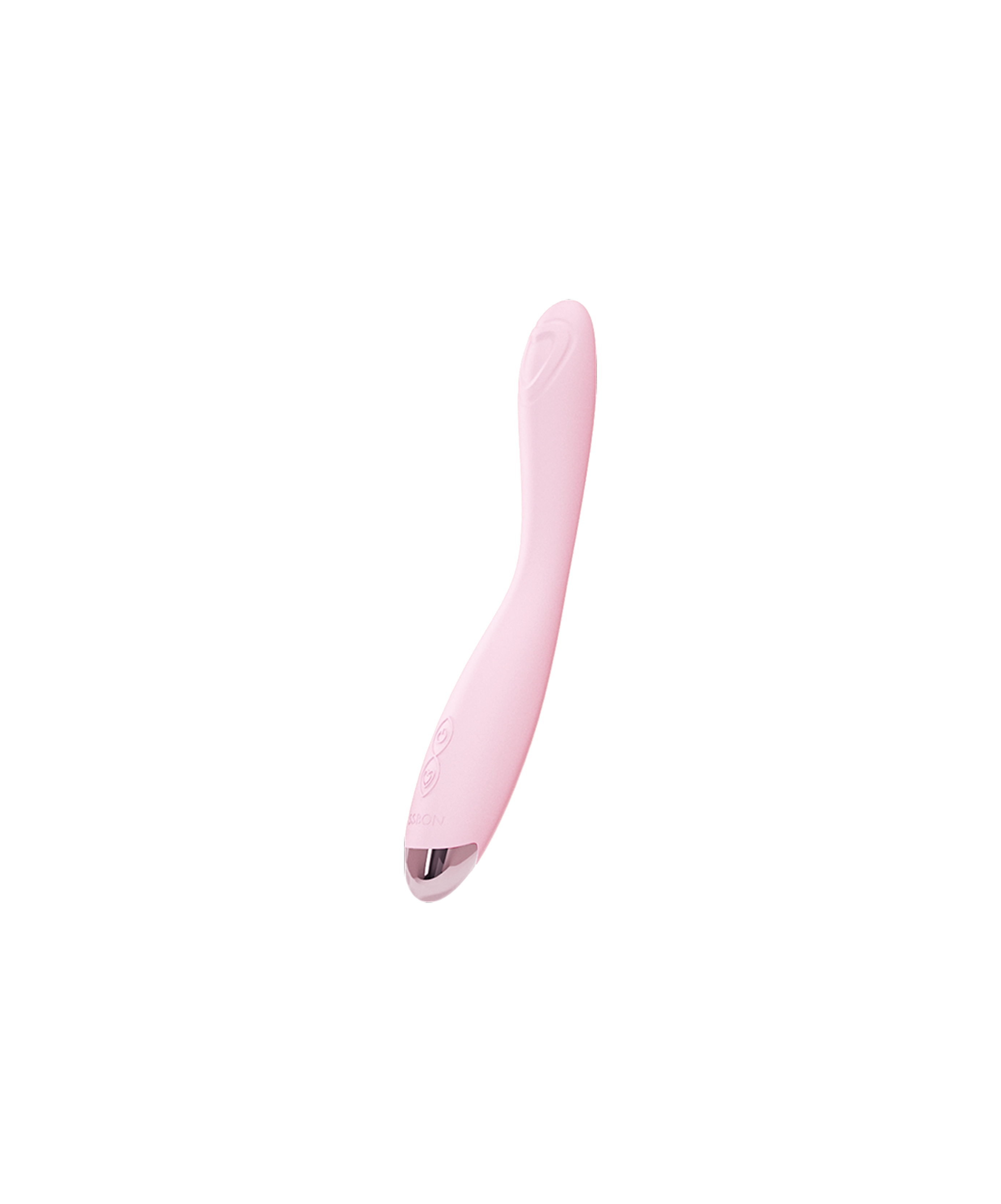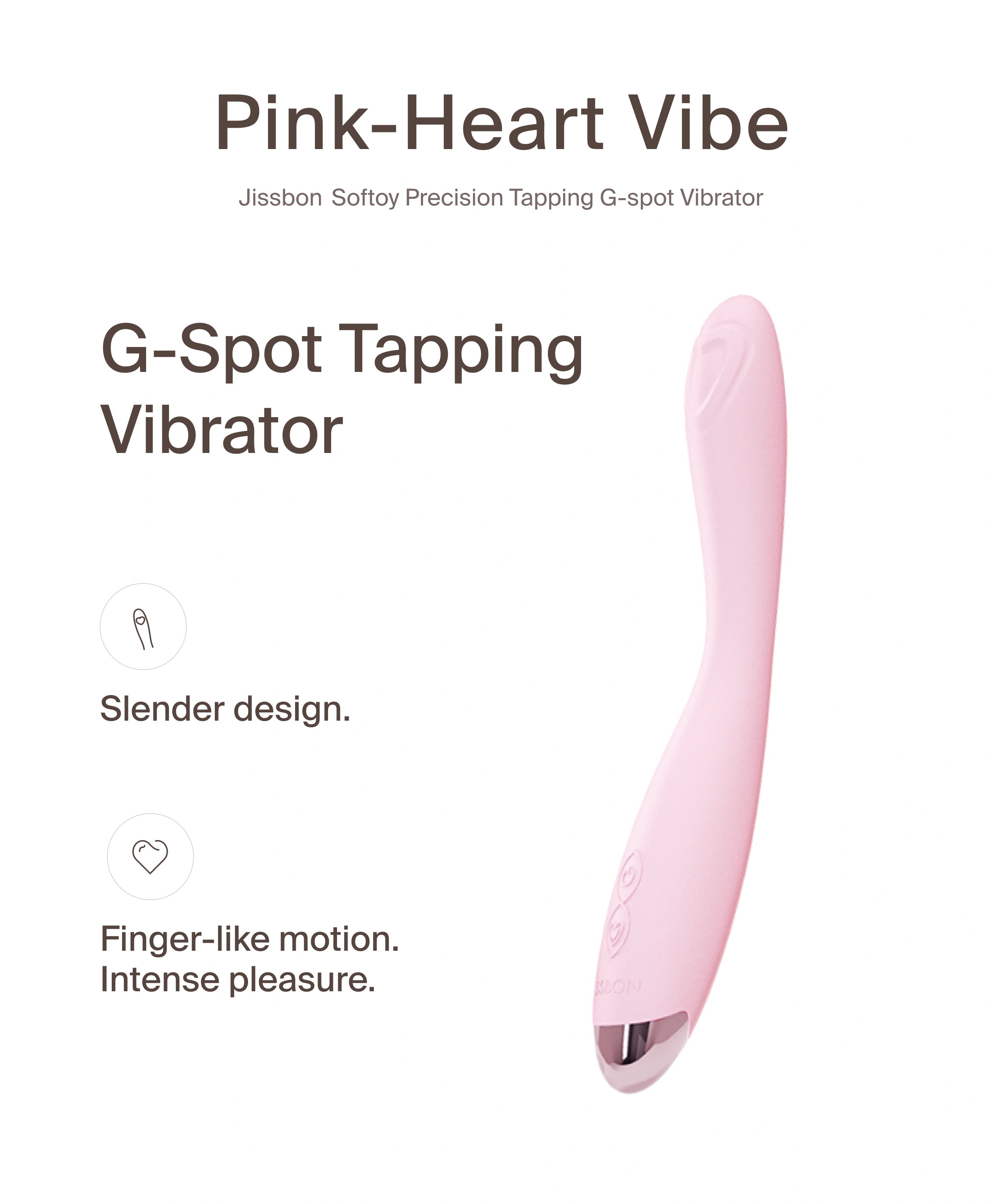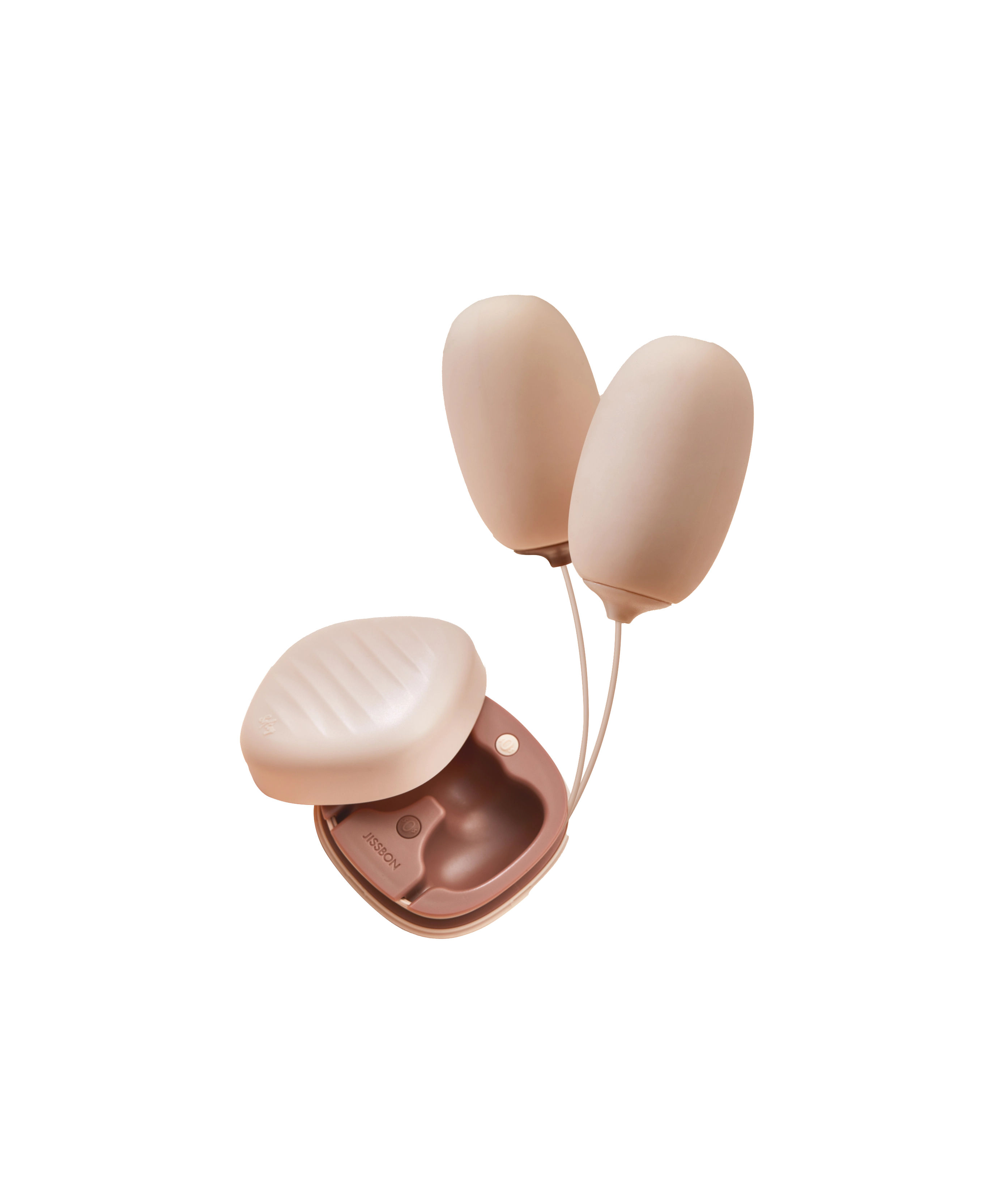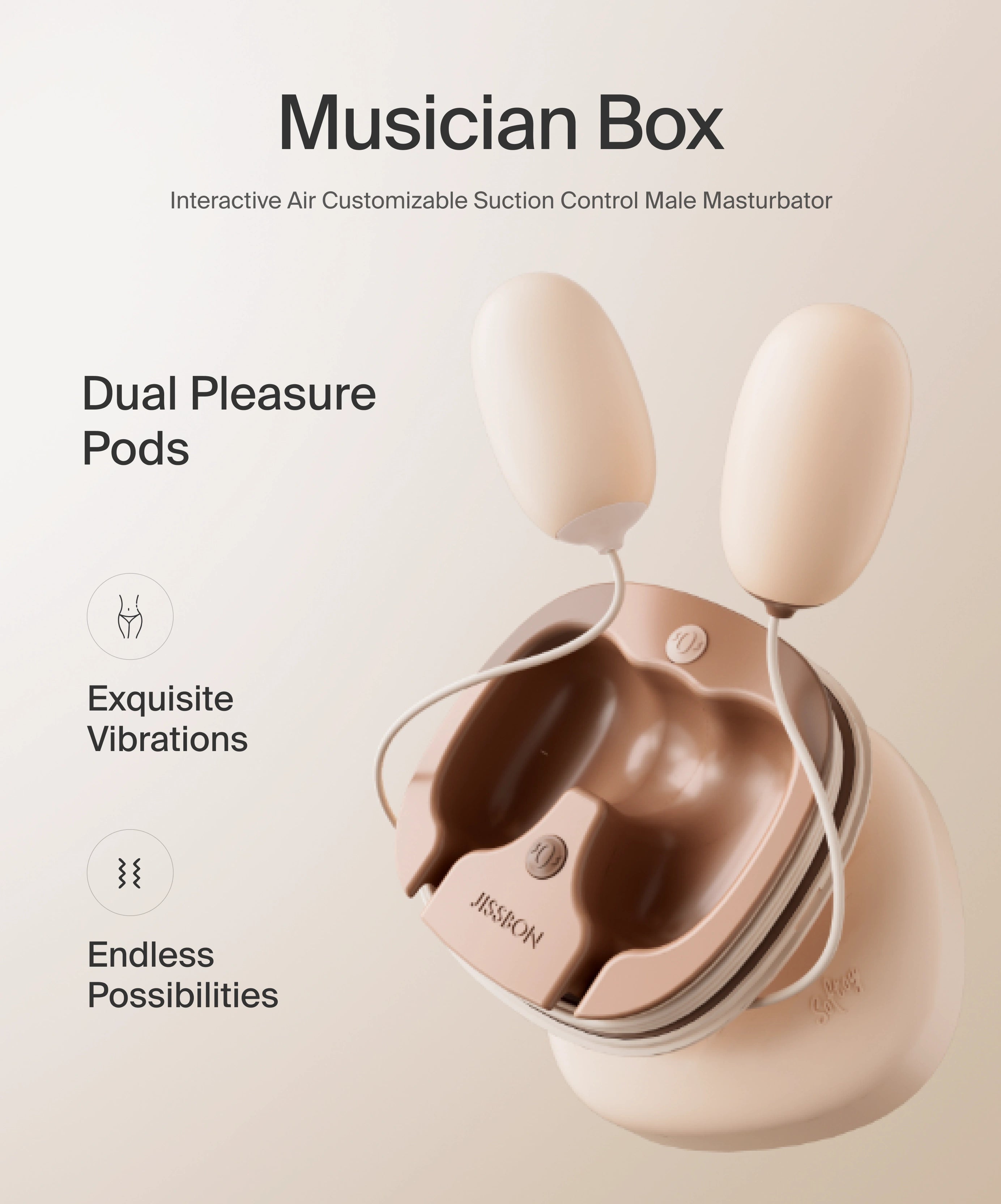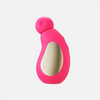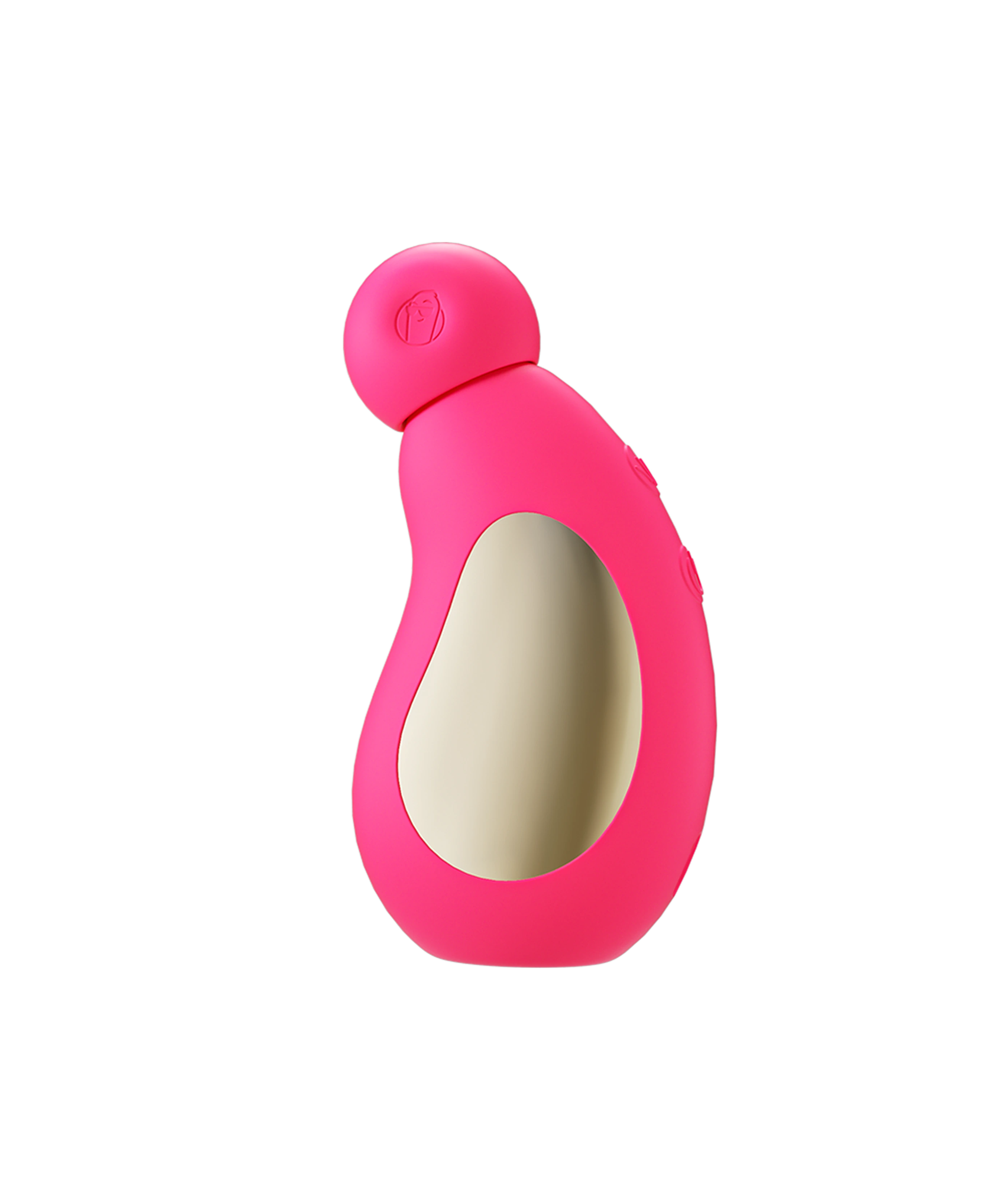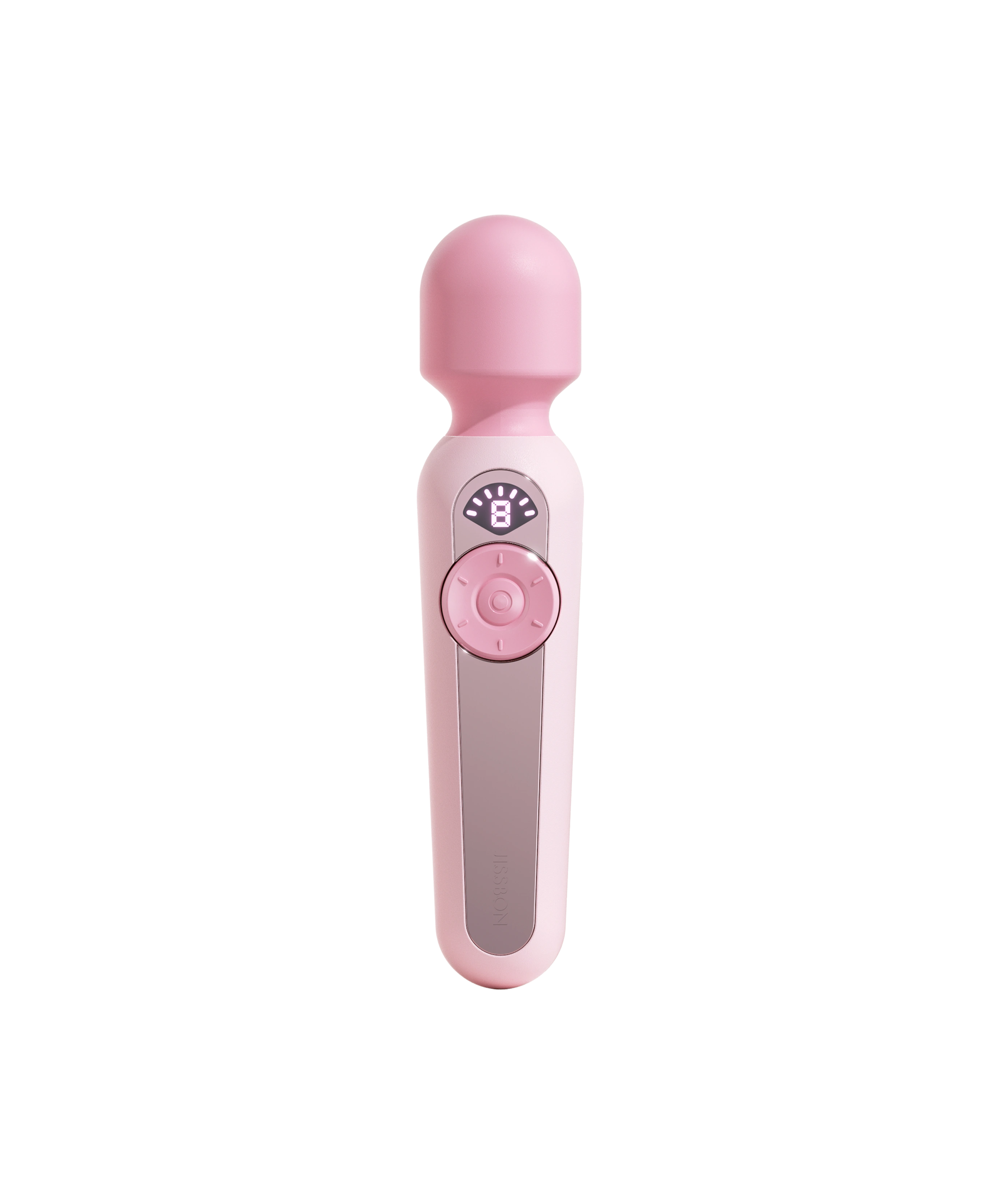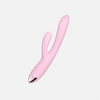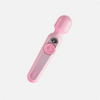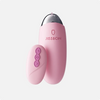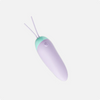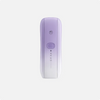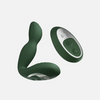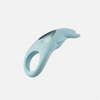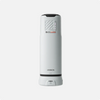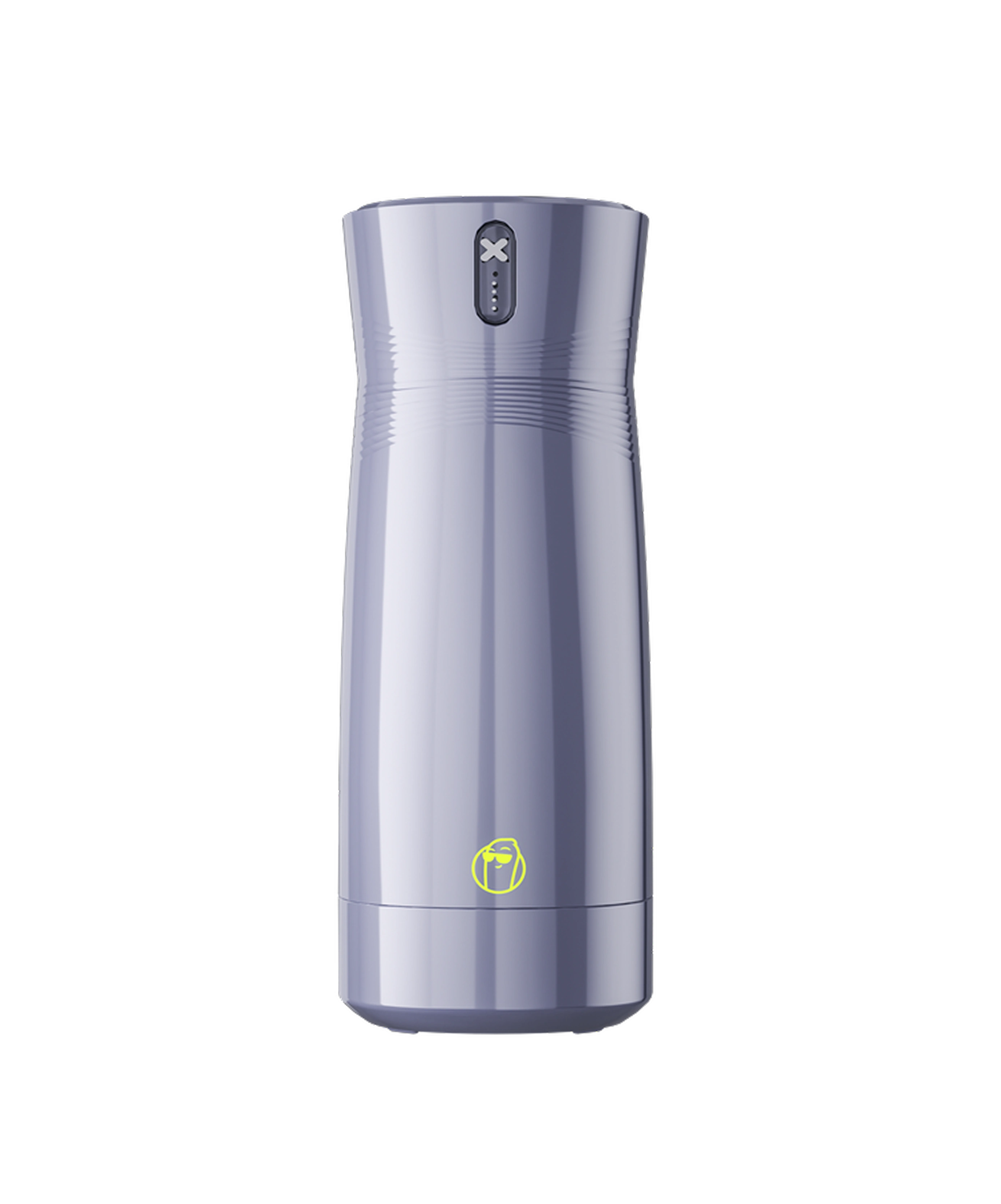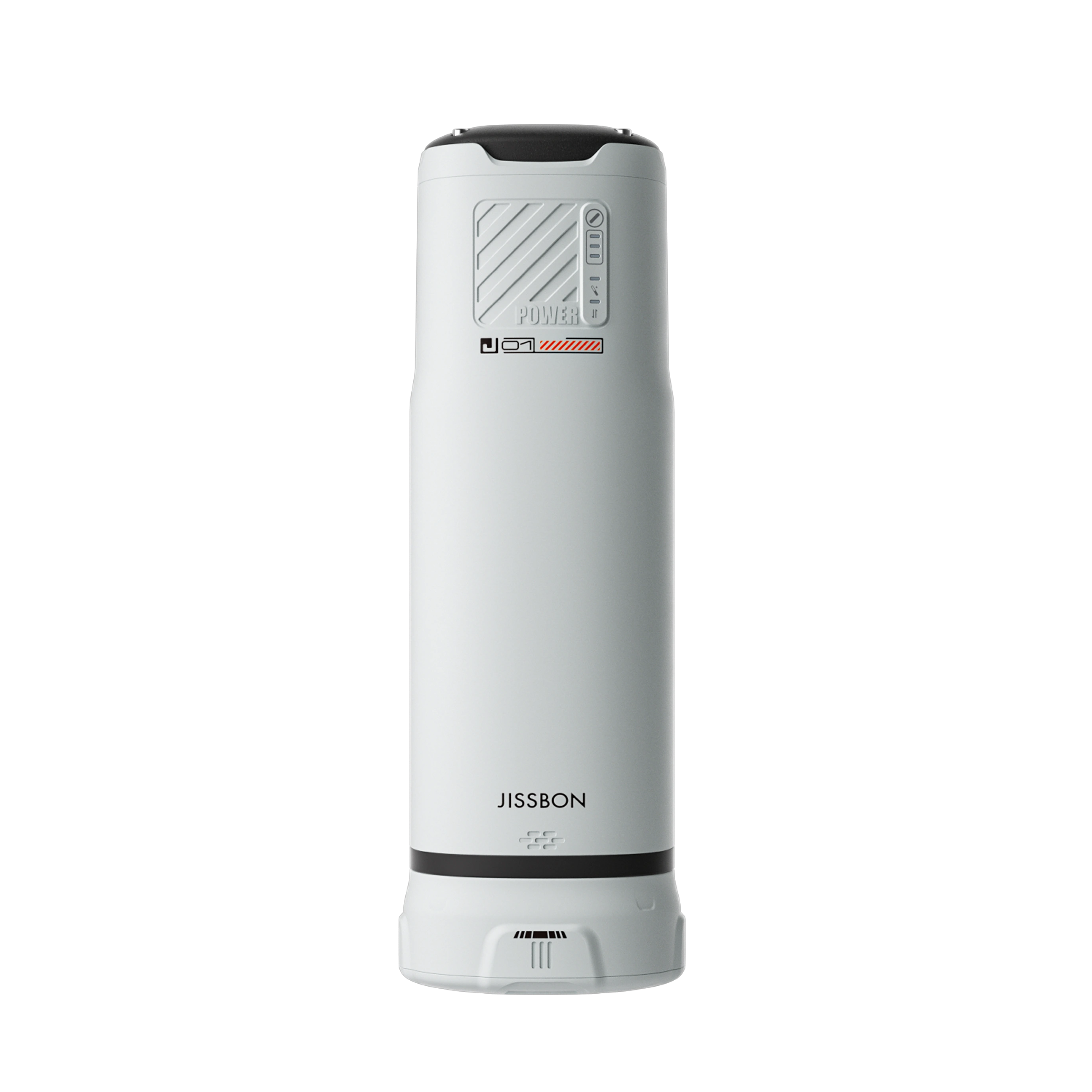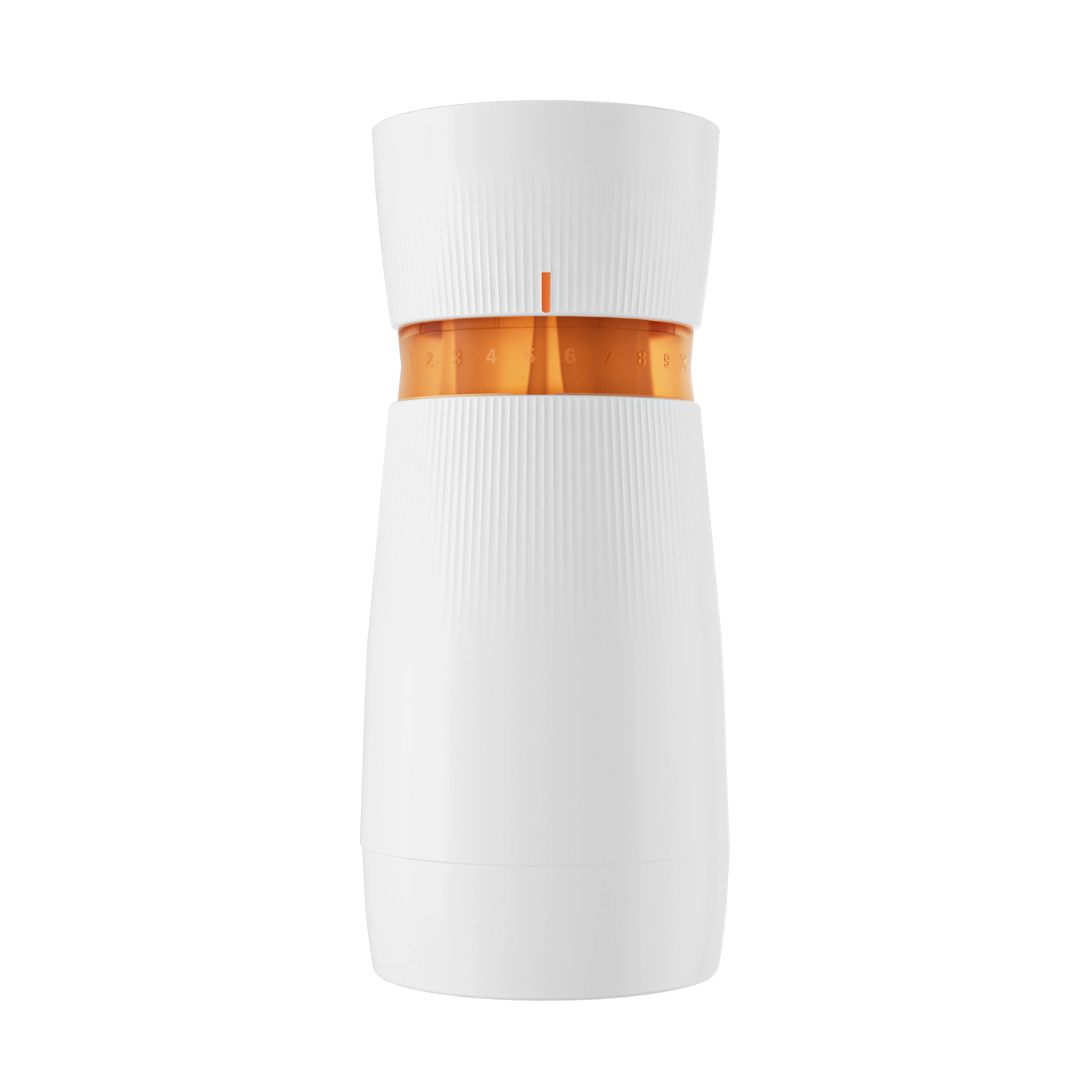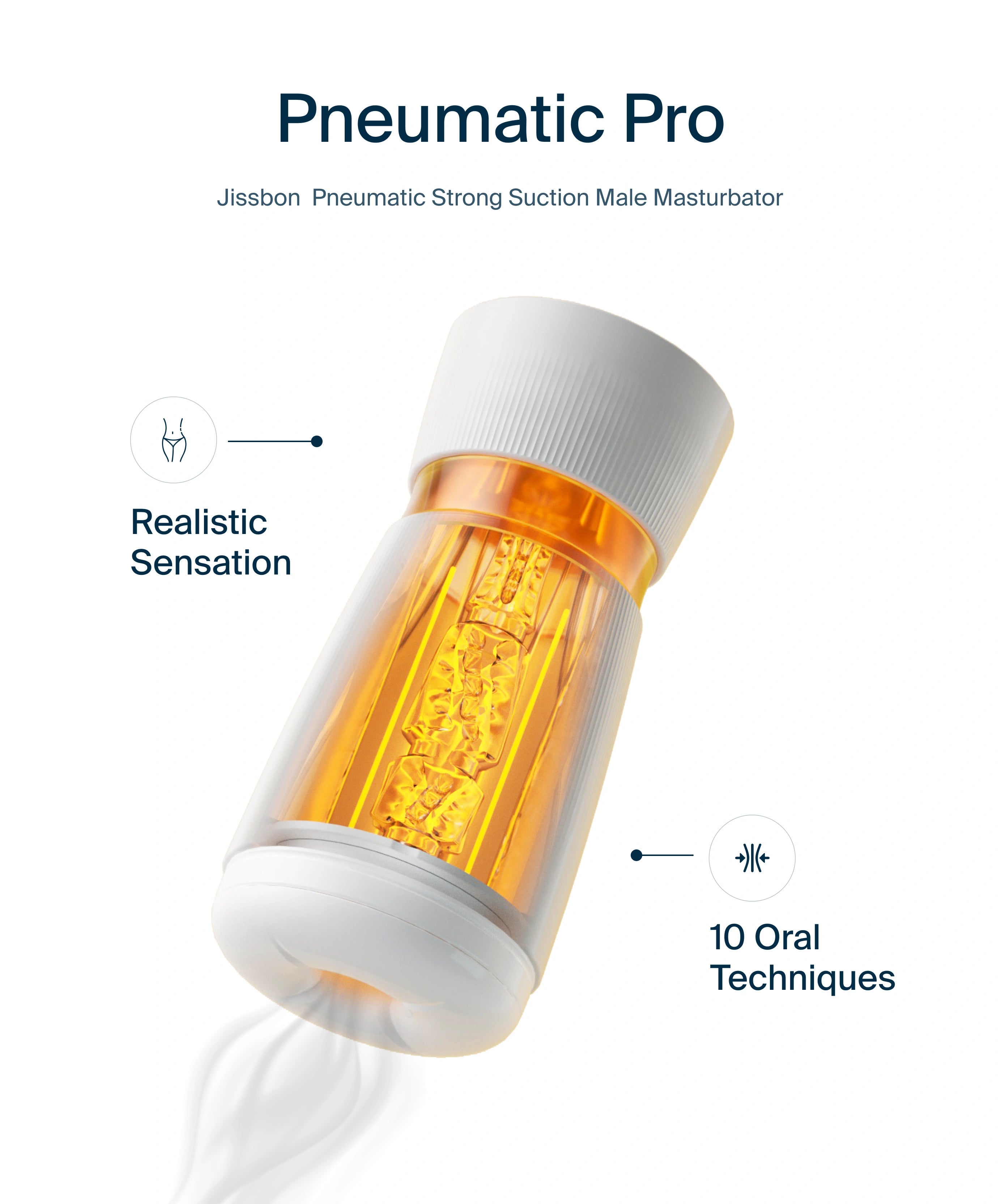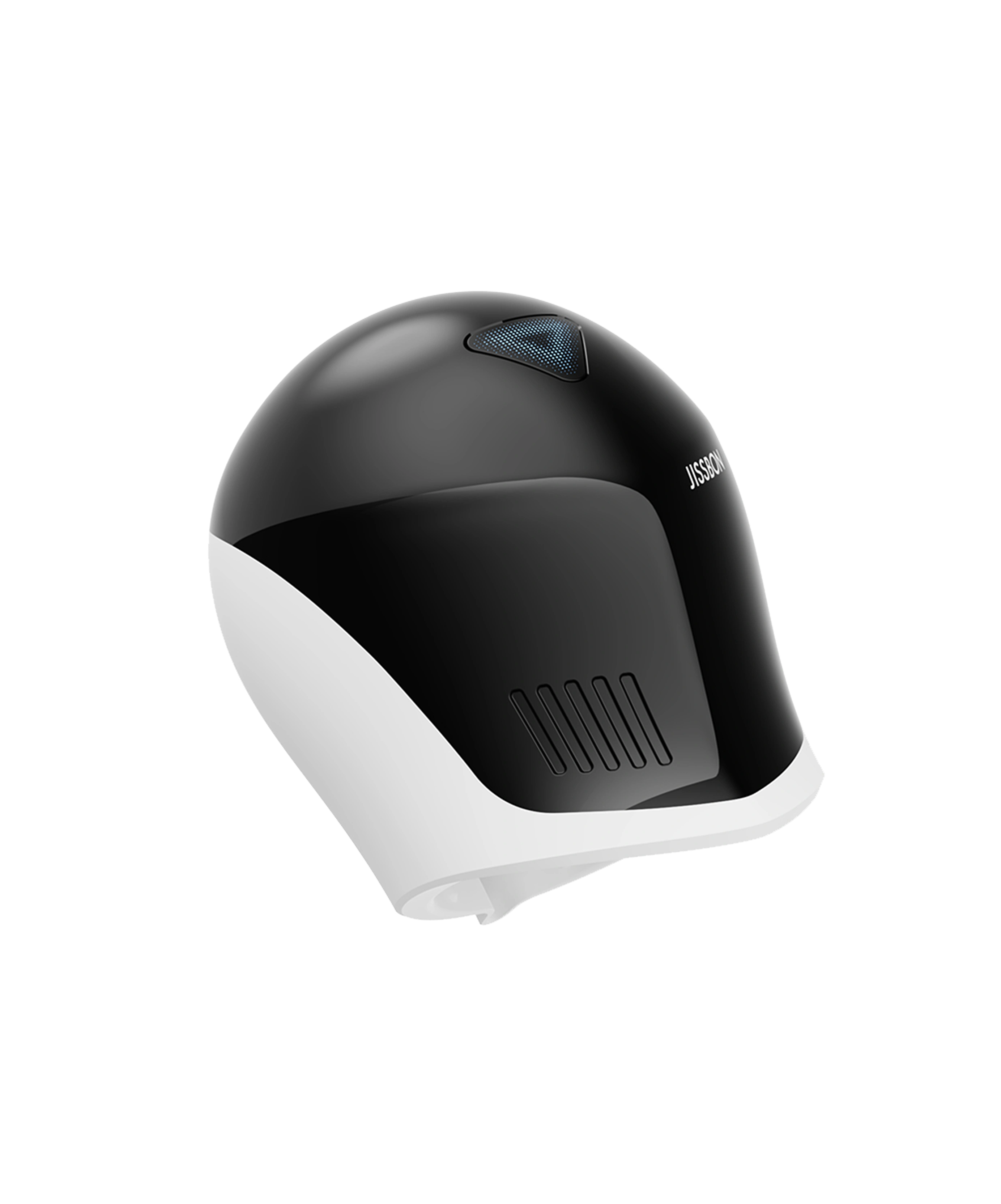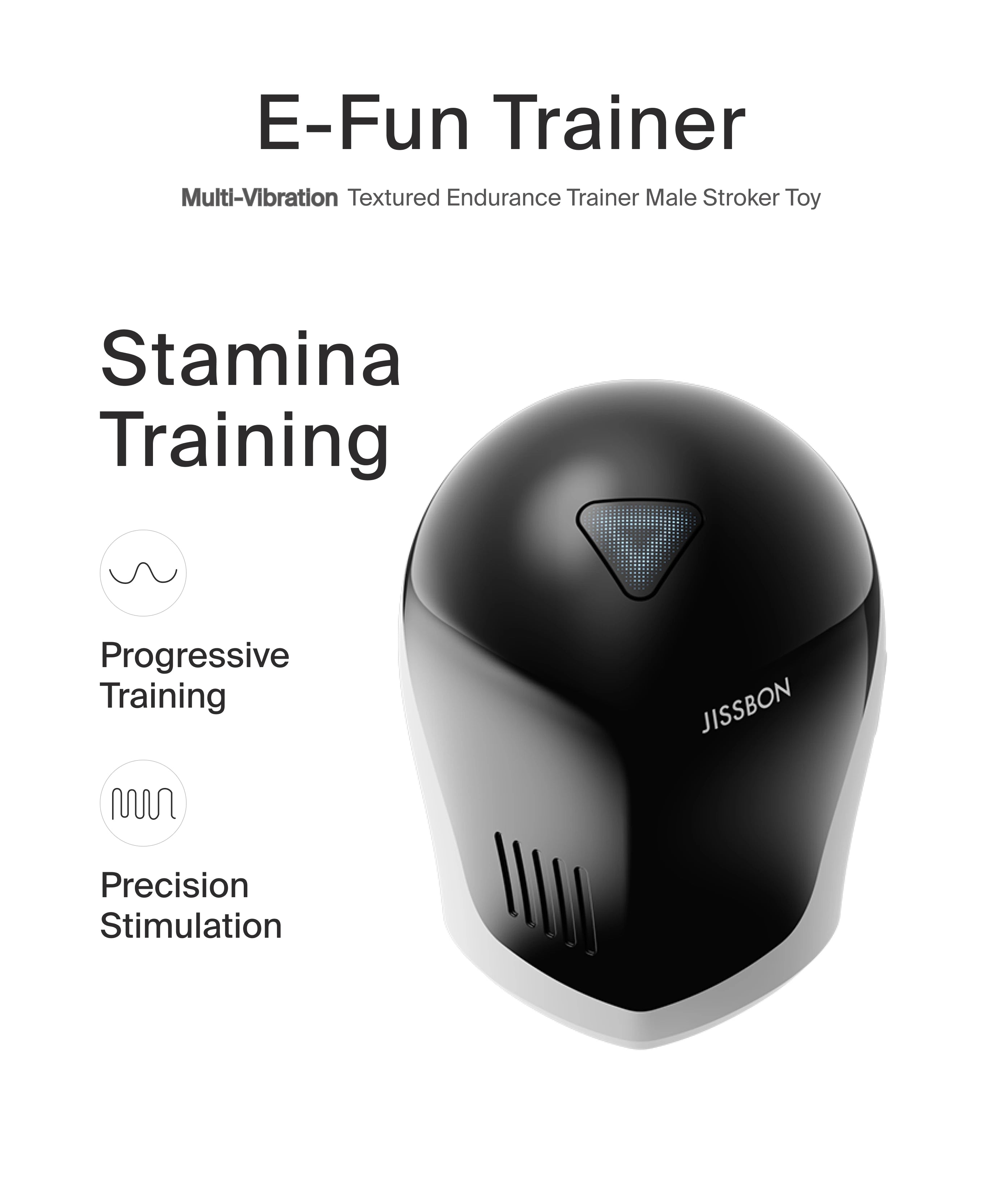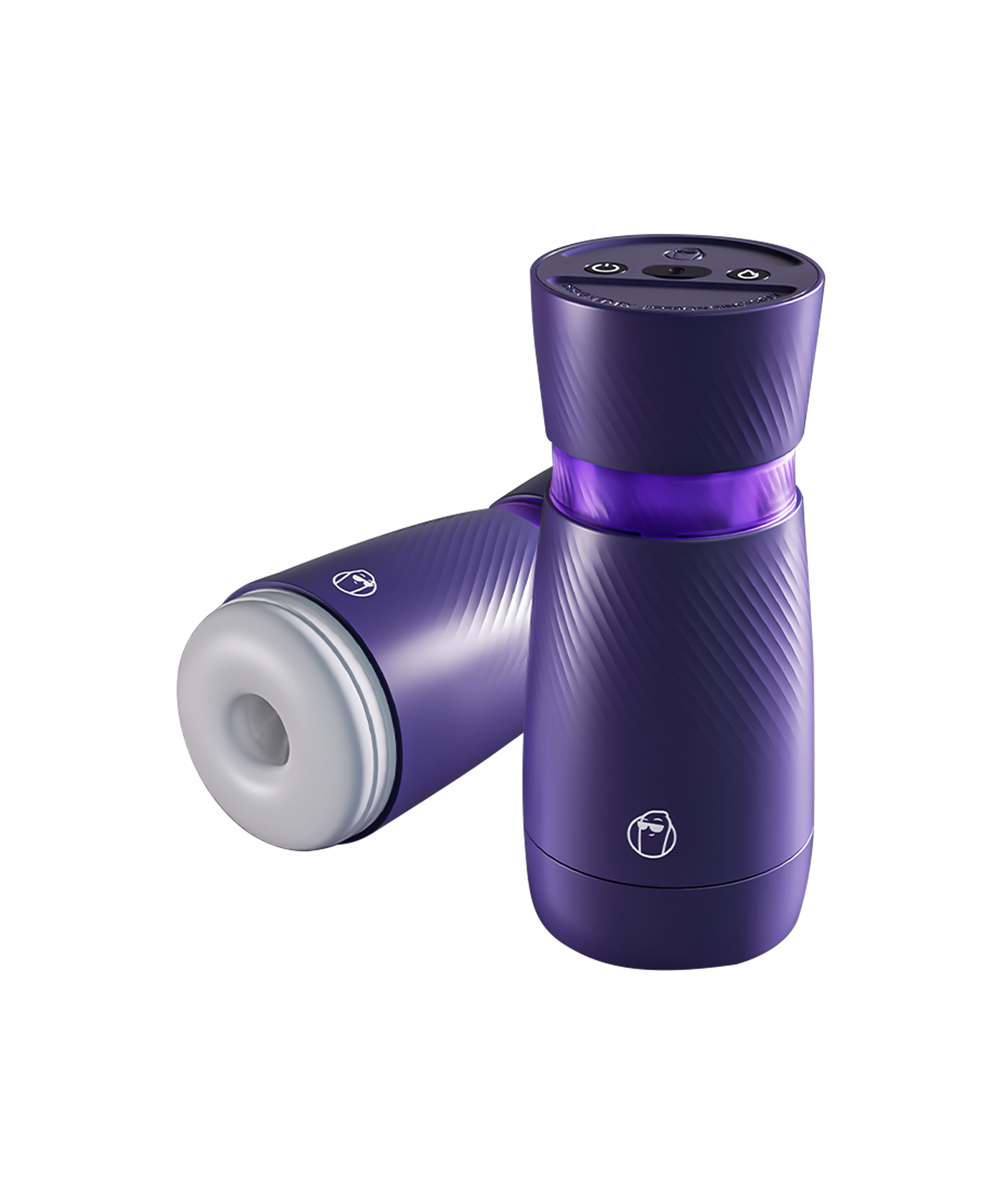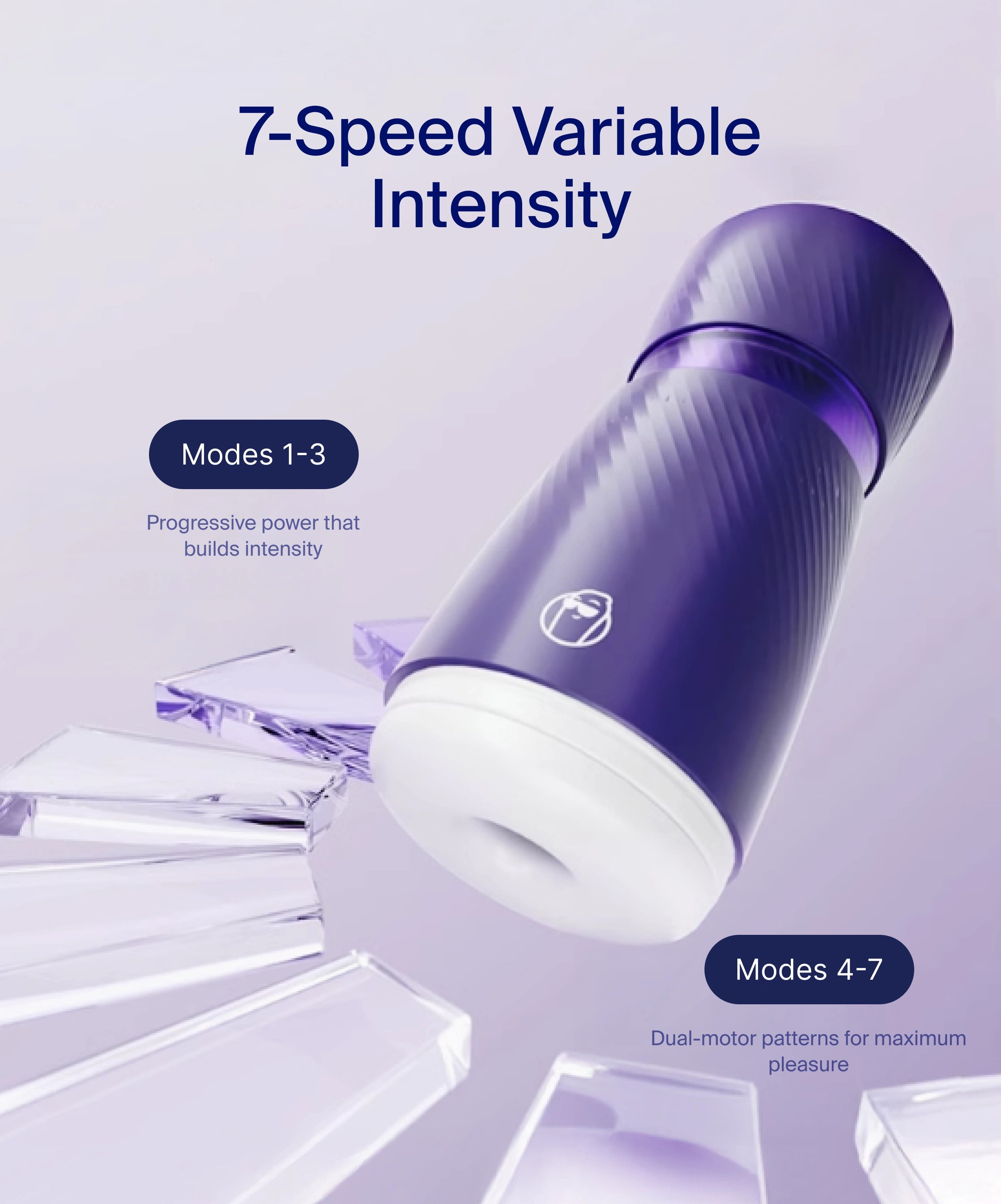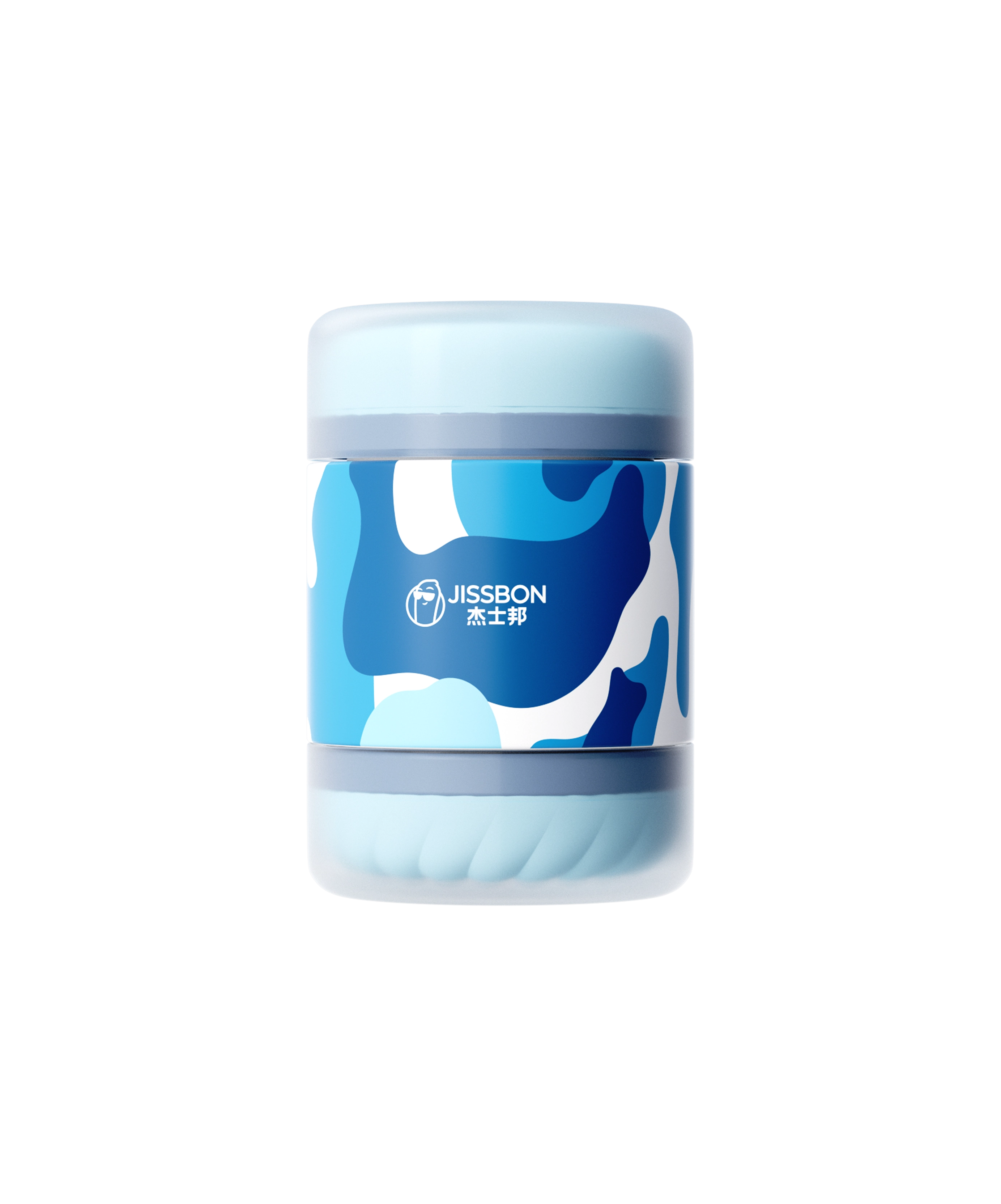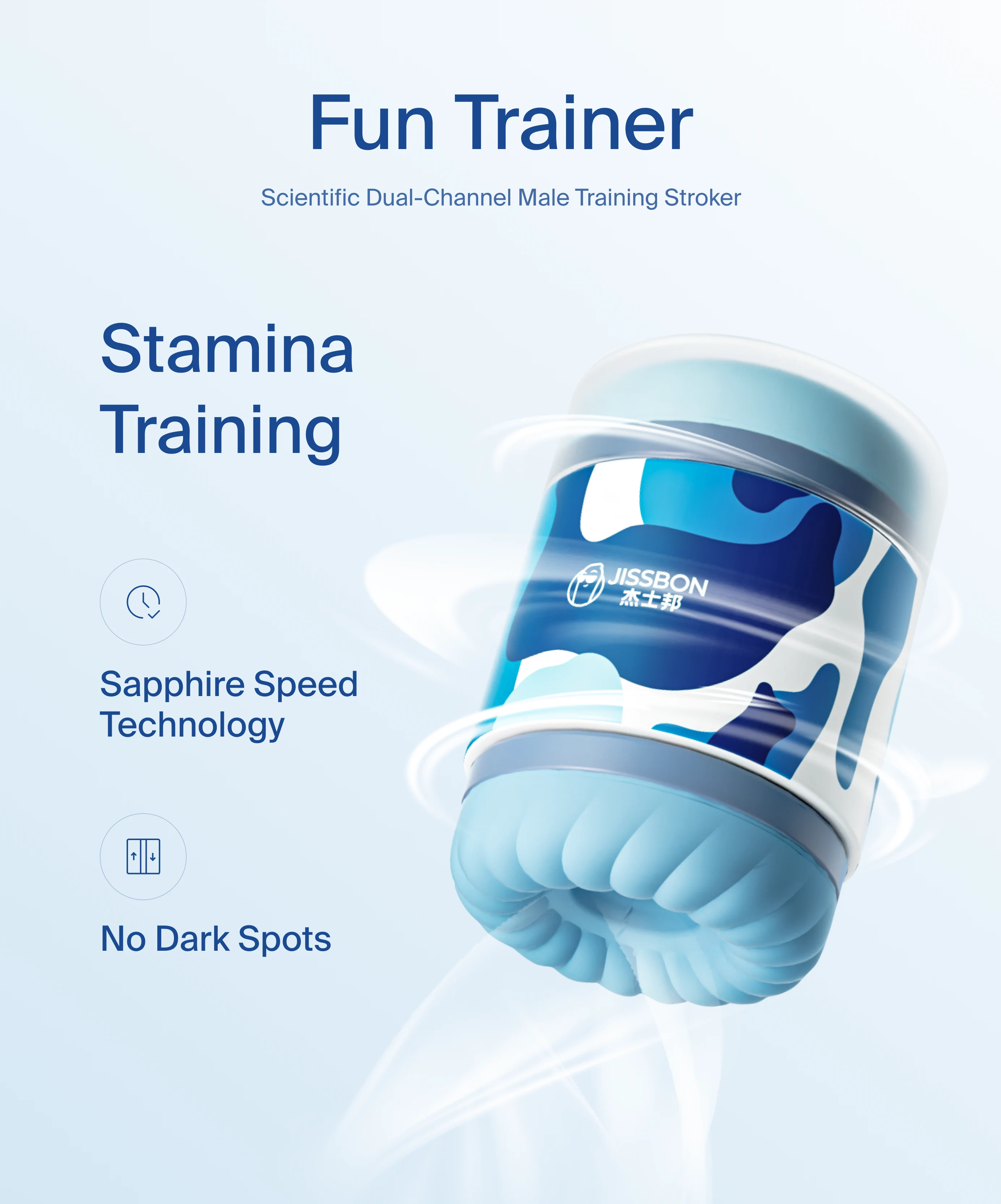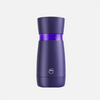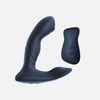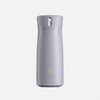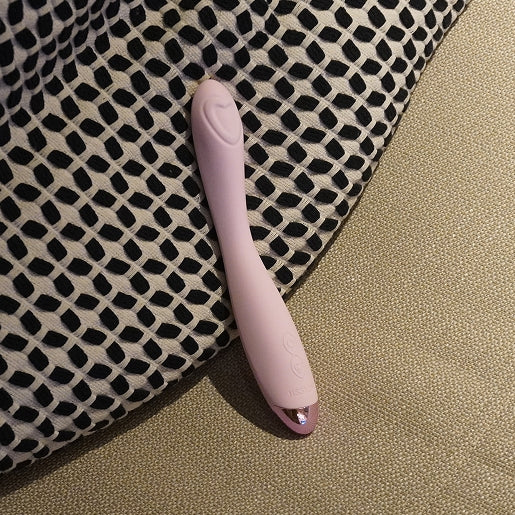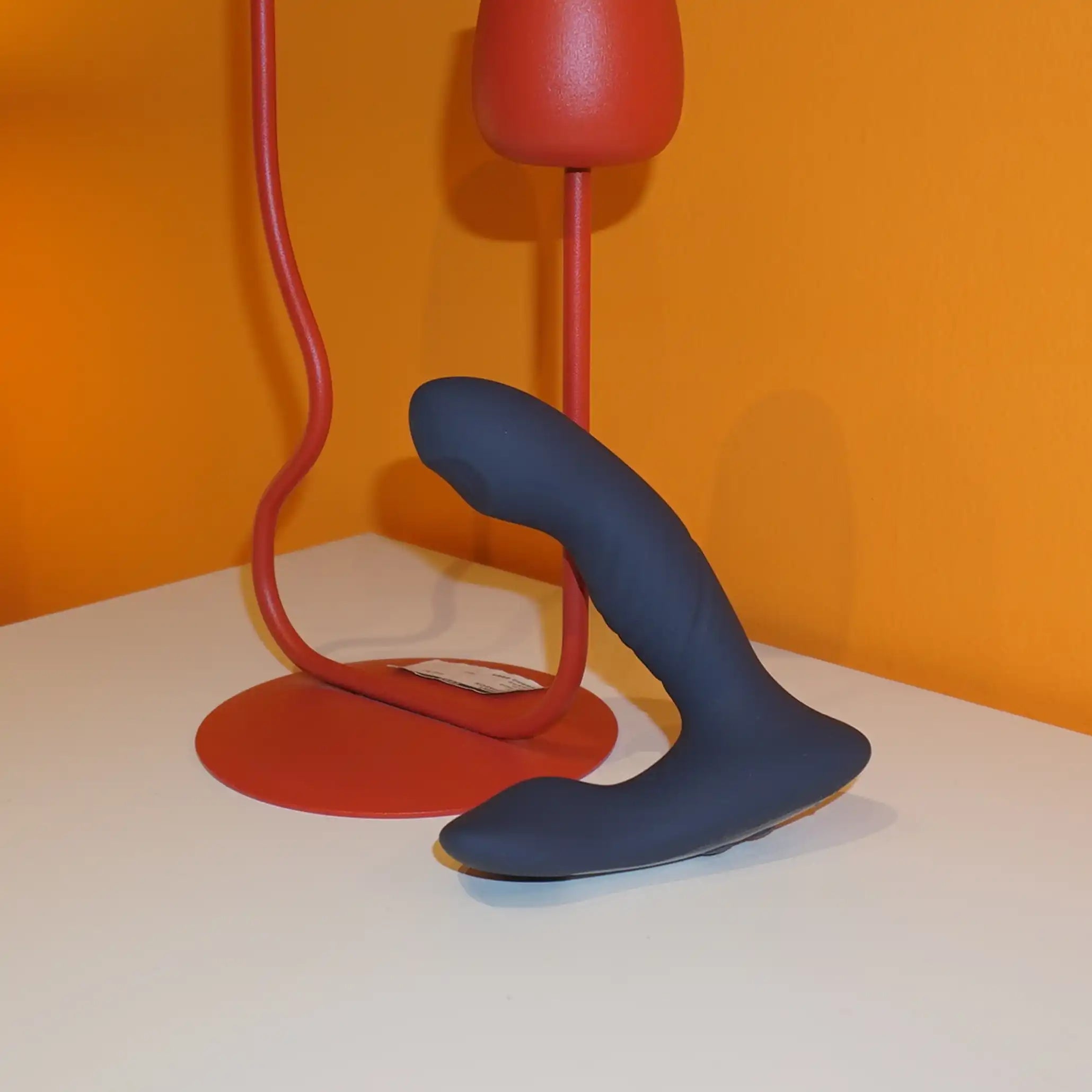If you’re googling how to make a homemade Fleshlight, you’re probably after three things: low cost, privacy, and a toy that actually feels good. The truth? A Fleshlight homemade build can absolutely work—but only if you prioritize safety, hygiene, and smart materials. This guide gives you step‑by‑step easy homemade Fleshlight methods (including a homemade Fleshlight with condom liner), what to avoid, and when to upgrade to a body‑safe stroker.
TL;DR: Build soft‑sided pressure + a slick, clean barrier (condom) + water‑based lube + smooth edges. Clean and dry everything afterward. If you end up using a toy often, a purpose‑made stroker will be safer, simpler, and more satisfying long‑term.
Before you start: safety pillars for any DIY pocket pussy
- Use a barrier. The single smartest upgrade to any DIY pocket pussy is a condom on the toy (or on you). It gives you a smooth, disposable, non‑porous interface and reduces germ transfer if toys are shared. Planned Parenthood explicitly recommends condoms on toys for safer use.
- Stick to water‑based lube. It’s compatible with all materials and condoms and is the easiest to wash off. Health and consumer resources consistently recommend water‑based lube for toys.
- Smooth every edge. DIY shells (cups, bottles, cans) can have burrs; tape or sand edges so nothing scrapes skin.
- Avoid food, balloons, and strong suction hacks. Food rots and sheds; balloons can pop; and household vacuums can cause serious penile trauma—there are actual case reports. Don’t do it.
- Clean and fully dry. Mild soap + warm water on non‑porous parts, then dry completely before storing. Non‑porous beats porous for hygiene; wipe motorized items rather than submerging.
How these DIYs feel (and why)
A good homemade Fleshlight combines:
- Cushioning (towel, sponge, foam) for squeeze‑to‑fit pressure;
- A smooth, slick liner (condom) for glide;
- Optional shell (cup, bottle, can) to hold shape;
-
Lube to reduce friction (always water‑based).
Popular DIY roundups show dozens of variations—towel tunnels, socks with sponges, foam noodles, and the famous chip‑can build—but the same dynamics apply. Build the cushion, line it, lube it, and keep it clean.
Your DIY kit (choose what you have on hand)
- Barrier: external condom (latex or non‑latex)
- Lube: water‑based only
- Padding: hand towel, soft sponges, or a short foam noodle
- Shell (optional): wide plastic cup, sturdy bottle, or chip can (edges taped smooth)
- Tape / bands: for gentle securing (never constricting)
- Warm water bowl: to pre‑warm lube (realism without microwaving)
4 safer, step‑by‑step builds (from 2–10 minutes)

Each method prioritizes a condom liner for hygiene and feel. Replace the condom after each session; wash and dry any reusable parts.
The Towel‑Tunnel (glove‑free, adjustable tightness)
Why it’s great: It’s the easiest homemade Fleshlight—soft, squeezable, and fast to make.
You’ll need: 1 hand towel; 1 condom; water‑based lube; optional smooth cup/bottle; soft ties or tape.
Steps:
- Roll a tunnel. Fold the towel lengthwise and roll, leaving a tight central channel sized to your girth.
- Add the liner. Unroll a condom inside the channel (or wear it yourself).
- Shell it (optional). Slide the roll into a cup/bottle for structure; tape over rims to smooth them.
- Secure lightly. Use a couple of soft ties so it won’t unroll (don’t compress circulation).
- Lube & test. Add water‑based lube to the lined channel; replace the condom after use; launder/dry the towel.
Why it’s safer: The condom creates a non‑porous interface and speeds cleanup; safe‑sex resources recommend condoms on toys, especially when sharing or using porous materials.
Sock‑and‑Sponges (soft pressure, simple parts)
Why it’s great: Cushy, squeezable, and easy to fit into a cup or bottle for stability.
You’ll need: Microfiber sock; 2–3 soft sponges; smooth plastic cup/bottle; 1 condom; water‑based lube; tape.
Steps:
- Pad the core. Stack sponges and create a center path.
- Line it. Seat a condom through the path for a slick, disposable tunnel.
- Sleeve it. Pull the sock over the padded core; slide into cup/bottle; tape edges smooth.
- Lube & go. Add lube inside the condom liner. After use, discard the condom; wash/dry the sock.
Note: DIY lists love glove‑lined socks and chip‑can variants; the barrier‑first approach keeps your skin off porous padding.
Foam‑Noodle Sleeve (consistent canal, easy shaping)
Why it’s great: A short pool‑noodle piece gives a uniform canal you can squeeze or shell.
You’ll need: A cleanly cut noodle section; 1 condom; optional thin sock sleeve; water‑based lube; tape.
Steps:
- Deburr ends. Trim clean; tape over any rough edges.
- Line it. Unroll a condom into the center (or wear one).
- Optional cover. Pull a sock over the noodle for grip.
- Lube & use. Add lube to the lined canal; replace condom after.
- Dry fully before storing (foam is porous; the liner protects your skin but parts still need drying).
The Chip‑Can Upgrade (classic—handle with care)
Why it’s great: The chip‑can DIY is famous for structured suction and snugness; modern guides improve it with sponges and a glove/condom sleeve for smoother contact.
You’ll need: Chip can; 5 soft sponges; 1 exam glove or condom; 2 rubber bands/tape; water‑based lube.
Steps (adapted for safety):
- Wipe the can and tape the rim to remove sharp edges.
- Line the walls with 4 sponges; split the 5th sponge and seat it at the opening for a cushioned entry.
- Insert the barrier (glove/condom) through the slit and fold the open end over the rim; secure loosely.
- Lube & test; adjust tightness by adding/removing sponges.
- After use: toss the liner; let the can/sponges air out and dry completely before reuse.
Important: The can itself isn’t skin‑safe; your contact should be with the liner, not the can. This mirrors safety‑minded versions in popular DIY guides.
Realism upgrades (works with any build)
- Warmth: Place your lube bottle in a bowl of warm water for a couple of minutes (never microwave). A warmer glide feels more lifelike.
- Gentle “suction”: If you use a shell, leave a small vent gap and cover/uncover it with your finger to pulse the pressure—never try vacuum appliances or strong pumps. Real medical literature documents serious vacuum‑related injuries; avoid.
- Texture: Add soft ribbed fabric under the liner, or vary sponge density for different feels (a common trick in DIY roundups).
Cleaning & care (the part that keeps DIY fun—not risky)

Right after use
- Discard the condom liner. That’s your cleanliness win. Sexual‑health organizations explicitly endorse condoms on toys, particularly if there’s any sharing.
- Wash non‑porous parts (cups, bottles) with warm water + mild, fragrance‑free soap; rinse well. Wipe motorized items rather than submerging.
- Let everything dry completely before storage (moisture = odor/microbe growth). Air‑dry or pat with a clean towel; don’t store damp.
When you upgrade to a real toy later
-
Non‑motorized silicone toys can be boiled or disinfected per maker guidance; motorized toys get soap‑and‑water wipes and full drying. Expert cleaning guides emphasize non‑porous materials because they’re easier to sanitize.
What to avoid (even if a viral video says otherwise)
- Food (bananas, bread, pies). It’s messy, sheds debris, and is difficult to sanitize; even DIY lists that include food acknowledge the trade‑offs. Build a barrier‑lined toy instead.
- Balloons. Pop risk on delicate skin; consider textured padding under a condom liner to simulate that feel more safely.
- Vacuum cleaners or strong suction devices. Published case reports describe severe trauma—including glans loss. Don’t improvise suction; use only manual venting with a shell gap.
- Tight bands. Never compress circulation around the penis or base; secure builds gently.
Is a DIY Fleshlight right for you—or should you just buy one?

DIY is perfect for a one‑off experiment or ultra‑tight budgets. But if you’ll use a toy weekly, a purpose‑built stroker wins on sensation, safety, and cleanup:
- Engineered textures & suction control: Case‑style sleeves let you tune airflow for that oral‑like “pull,” something most DIYs can’t reproduce consistently. (DIY guides try with can vents; real toys do it cleanly and repeatably.)
- Body‑safe materials & clear care: Non‑porous silicone or tested TPE blends + straightforward cleaning directions make life easier. Expert hygiene articles stress non‑porous where possible.
Easy upgrade path:
- Browse Male Masturbators for sleeves that beat any Fleshlight homemade in consistency and cleanup.
- Want adjustable patterns and pressure without guesswork? Try the E‑Fun Trainer Vibrating Male Stroker—great for edging and stamina play.
Quick chooser (so you’re not overthinking it)
- I want the best homemade Fleshlight in 5 minutes. Do the Towel‑Tunnel with a condom liner; pre‑warm lube; smooth any shell edges.
- I need extra cushion. Build the Sock‑and‑Sponges version in a cup; it squeezes nicely and stays put.
- I like uniform channels. Use the Foam‑Noodle Sleeve and line it with a condom.
- I want realism + suction. The Chip‑Can Upgrade can work—if you tape the rim smooth and keep contact with the liner only. Or skip DIY and get a case‑style stroker.
Final takeaways
- The safest how to make a homemade Fleshlight formula is simple: barrier + water‑based lube + smooth edges + thorough drying. It’s the difference between a fun experiment and a bad time.
- Viral hacks aren’t always smart (food, balloons, suction appliances). Use barriers and common‑sense toy hygiene instead.
- If you end up using a stroker regularly, upgrading to a purpose‑built toy is worth it for realism, safety, and simpler cleaning—see Male Masturbators or the E‑Fun Trainer Vibrating Male Stroker.
Frequently Asked Questions
How do you make a homemade Fleshlight safely?
Pick a soft pad (towel, sponges, foam), add a condom liner, lube with water‑based lube, and smooth any edges on your shell. Clean parts with mild soap and dry completely before storage.
What’s the best homemade Fleshlight method for beginners?
The Towel‑Tunnel with a condom is the fastest, cheapest, and easiest to adjust. The Sock‑and‑Sponges build is a close second—cushy and stable.
Is a homemade pocket pussy safe to reuse?
Yes—if you use a fresh condom each time and thoroughly wash & dry any reusable parts. If a build uses porous padding, the barrier is what keeps it safer.
Can I use silicone lube in a DIY Fleshlight?
Not with silicone toys; silicone lube can degrade silicone surfaces. A water‑based lube is the universal, toy‑safe default and condom‑friendly.
Are vacuum or “pump” hacks a good idea?
No. Medical literature documents vacuum‑related penile injuries. If you want pressure variation, use a small vent in the shell—not a pump or appliance.
What if I just want something reliable that’s still discreet?
Try a compact, open‑ended stroker from our Male Masturbators collection. They’re quick to clean and budget‑friendly, with better textures than DIY.
Read more

Long distance sex toys turn video calls into fully interactive dates. With app control, synced patterns, and even toy‑to‑toy mirroring, you can tease, edge, and climax together from different citie...
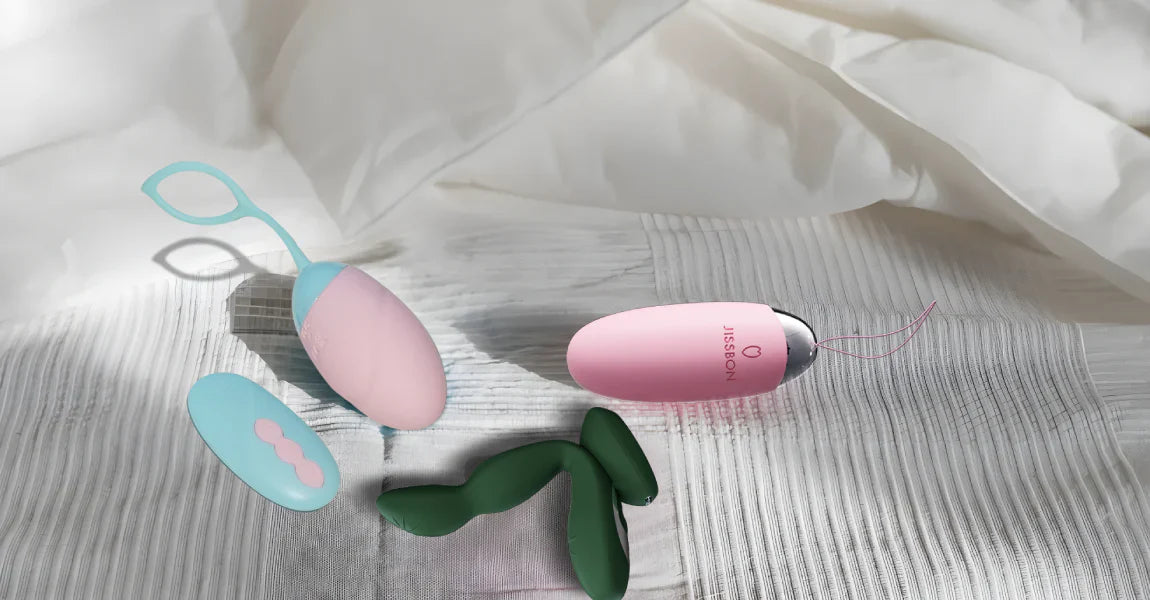
A vibrating butt plug can turn warm, diffuse pressure into deep, rumbly pleasure—whether you’re solo, with a partner, or exploring prostate play. This guide explains how a butt plug vibrator works,...
